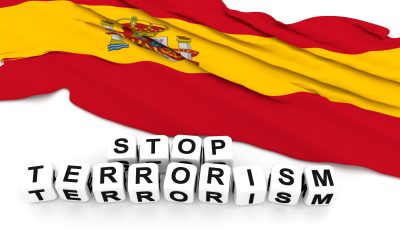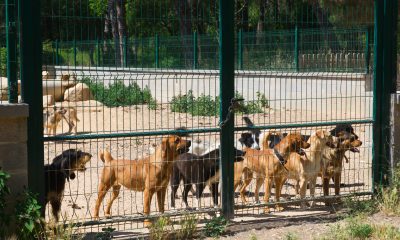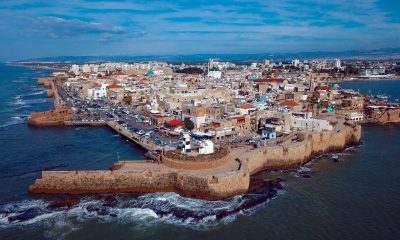Safety & Emergency
Boxing continues to knock itself out with bewildering, incorrect decisions
Quis autem vel eum iure reprehenderit qui in ea voluptate velit esse quam nihil molestiae consequatur, vel illum qui.

At vero eos et accusamus et iusto odio dignissimos ducimus qui blanditiis praesentium voluptatum deleniti atque corrupti quos dolores et quas molestias excepturi sint occaecati cupiditate non provident, similique sunt in culpa qui officia deserunt mollitia animi, id est laborum et dolorum fuga.
Quis autem vel eum iure reprehenderit qui in ea voluptate velit esse quam nihil molestiae consequatur, vel illum qui dolorem eum fugiat quo voluptas nulla pariatur.
Temporibus autem quibusdam et aut officiis debitis aut rerum necessitatibus saepe eveniet ut et voluptates repudiandae sint et molestiae non recusandae. Itaque earum rerum hic tenetur a sapiente delectus, ut aut reiciendis voluptatibus maiores alias consequatur aut perferendis doloribus asperiores repellat.
Lorem ipsum dolor sit amet, consectetur adipisicing elit, sed do eiusmod tempor incididunt ut labore et dolore magna aliqua. Ut enim ad minim veniam, quis nostrud exercitation ullamco laboris nisi ut aliquip ex ea commodo consequat.
Nemo enim ipsam voluptatem quia voluptas sit aspernatur aut odit aut fugit, sed quia consequuntur magni dolores eos qui ratione voluptatem sequi nesciunt.
Et harum quidem rerum facilis est et expedita distinctio. Nam libero tempore, cum soluta nobis est eligendi optio cumque nihil impedit quo minus id quod maxime placeat facere possimus, omnis voluptas assumenda est, omnis dolor repellendus.
Nulla pariatur. Excepteur sint occaecat cupidatat non proident, sunt in culpa qui officia deserunt mollit anim id est laborum.
Sed ut perspiciatis unde omnis iste natus error sit voluptatem accusantium doloremque laudantium, totam rem aperiam, eaque ipsa quae ab illo inventore veritatis et quasi architecto beatae vitae dicta sunt explicabo.
“Duis aute irure dolor in reprehenderit in voluptate velit esse cillum dolore eu fugiat”
Neque porro quisquam est, qui dolorem ipsum quia dolor sit amet, consectetur, adipisci velit, sed quia non numquam eius modi tempora incidunt ut labore et dolore magnam aliquam quaerat voluptatem. Ut enim ad minima veniam, quis nostrum exercitationem ullam corporis suscipit laboriosam, nisi ut aliquid ex ea commodi consequatur.
Safety & Emergency
Terrorist Protection in Spain
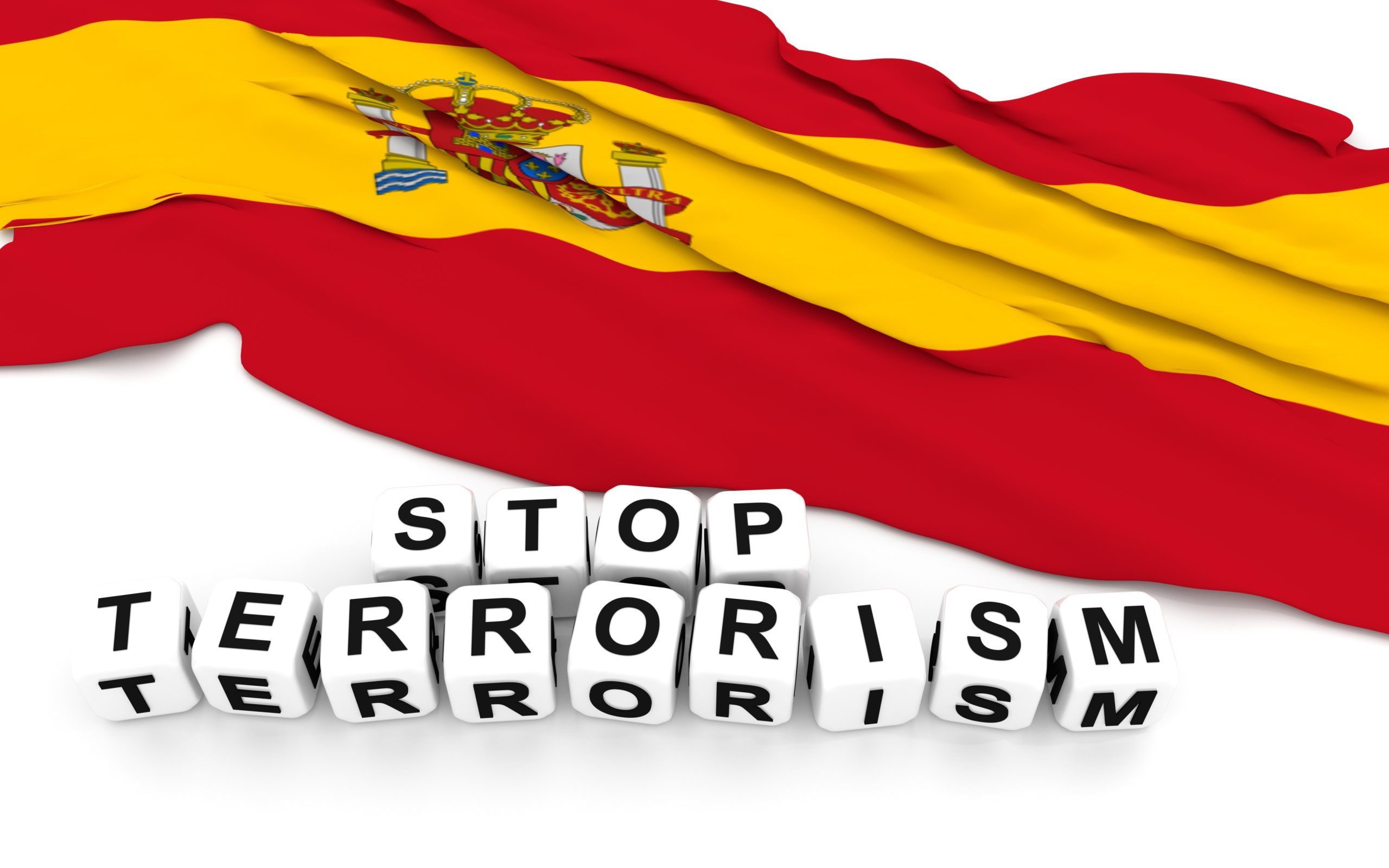
Strategies and Measures
Spain, like many other countries, faces the ongoing threat of terrorism.
The nation has developed a comprehensive and multi-faceted approach to counterterrorism, involving various government agencies, legal frameworks, and international cooperation.
This article explores how Spain works to protect its citizens and infrastructure from terrorist threats.
Historical Context
Spain has a long history of dealing with terrorism, particularly from domestic groups like ETA (Euskadi Ta Askatasuna), a Basque separatist organization.
The threat landscape has evolved, with recent concerns focusing on jihadist terrorism, especially following high-profile attacks in Madrid (2004) and Barcelona (2017).
Government Agencies Involved
- National Intelligence Center (CNI):
- The CNI is Spain’s primary intelligence agency, responsible for gathering and analyzing information related to national security, including counterterrorism.
It works both domestically and internationally to preempt and respond to terrorist threats.
- The CNI is Spain’s primary intelligence agency, responsible for gathering and analyzing information related to national security, including counterterrorism.
- National Police (Policía Nacional):
- The National Police handle counterterrorism operations within urban areas.
They focus on preventing attacks, investigating terrorist networks, and maintaining public order.
- The National Police handle counterterrorism operations within urban areas.
- Guardia Civil:
- The Guardia Civil operates primarily in rural areas and on highways.
It plays a crucial role in counterterrorism, border control, and protecting critical infrastructure.
- The Guardia Civil operates primarily in rural areas and on highways.
- Regional Police Forces:
- In regions with autonomous police forces, such as Catalonia (Mossos d’Esquadra) and the Basque Country (Ertzaintza),
these agencies also have counterterrorism responsibilities. They coordinate closely with national agencies to ensure a unified response.
- In regions with autonomous police forces, such as Catalonia (Mossos d’Esquadra) and the Basque Country (Ertzaintza),
Legal Framework and Policies
- Anti-Terrorism Legislation:
- Spain has enacted robust anti-terrorism laws that allow for the detention and prosecution of individuals involved in terrorist activities.
These laws enable authorities to act swiftly and decisively against potential threats.
- Spain has enacted robust anti-terrorism laws that allow for the detention and prosecution of individuals involved in terrorist activities.
- Penal Code Amendments:
- Recent amendments to the Penal Code have enhanced penalties for terrorism-related crimes, including recruitment, financing, and propaganda.
- National Counter-Terrorism Strategy:
- Spain’s National Counter-Terrorism Strategy outlines the country’s approach to preventing and responding to terrorist threats.
It emphasizes intelligence sharing, public awareness, and resilience-building.Prevention and Intelligence
- Spain’s National Counter-Terrorism Strategy outlines the country’s approach to preventing and responding to terrorist threats.
- Surveillance and Monitoring:
- Advanced surveillance technologies, including CCTV, online monitoring, and data analysis tools, are employed to detect and prevent terrorist activities.
Authorities monitor communications, financial transactions, and social media to identify potential threats.
- Advanced surveillance technologies, including CCTV, online monitoring, and data analysis tools, are employed to detect and prevent terrorist activities.
- Community Policing and Outreach:
- Engaging with local communities is a key strategy to prevent radicalization.
Police work with community leaders, schools, and religious institutions to build trust and gather intelligence.
- Engaging with local communities is a key strategy to prevent radicalization.
- Counter-Radicalization Programs:
- Programs aimed at preventing radicalization focus on education, social integration, and counter-narratives.
These initiatives target at-risk individuals and groups, offering support and alternatives to extremist ideologies.
- Programs aimed at preventing radicalization focus on education, social integration, and counter-narratives.
Response and Crisis Management
- Rapid Response Units:
- Specialized units, such as the National Police’s GEO (Special Operations Group) and the Guardia Civil’s GAR (Rapid Action Group),
are trained to respond quickly to terrorist incidents.
These units are equipped to handle hostage situations, bomb threats, and armed attacks.
- Specialized units, such as the National Police’s GEO (Special Operations Group) and the Guardia Civil’s GAR (Rapid Action Group),
- Emergency Preparedness:
- Spain has developed comprehensive emergency response plans to coordinate actions during a terrorist attack.
Regular drills and simulations are conducted to ensure readiness across all relevant agencies.
- Spain has developed comprehensive emergency response plans to coordinate actions during a terrorist attack.
Critical Infrastructure Protection:
- Measures are in place to safeguard critical infrastructure, including transportation networks, energy facilities, and public buildings.
Enhanced security protocols and access controls reduce vulnerabilities.
Global Partnerships:
- Spain collaborates with international partners, including the United States and other NATO allies, to combat global terrorism.
Joint training exercises, intelligence sharing, and coordinated operations enhance collective security.
United Nations Initiatives:
- Spain supports UN counterterrorism initiatives and complies with international conventions and protocols aimed at preventing terrorism financing ,
and promoting global security standards.
Public Awareness and Resilience
- Public Information Campaigns:
- Authorities conduct public awareness campaigns to educate citizens on how to recognize and report suspicious activities.
These campaigns aim to create a vigilant and informed public.
- Authorities conduct public awareness campaigns to educate citizens on how to recognize and report suspicious activities.
- Resilience Building:
- Efforts to build societal resilience include strengthening emergency services, improving crisis communication, and fostering a culture of preparedness.
Community resilience programs encourage proactive participation in safety measures.
- Efforts to build societal resilience include strengthening emergency services, improving crisis communication, and fostering a culture of preparedness.
Safety & Emergency
The Plight of Animals in Spain
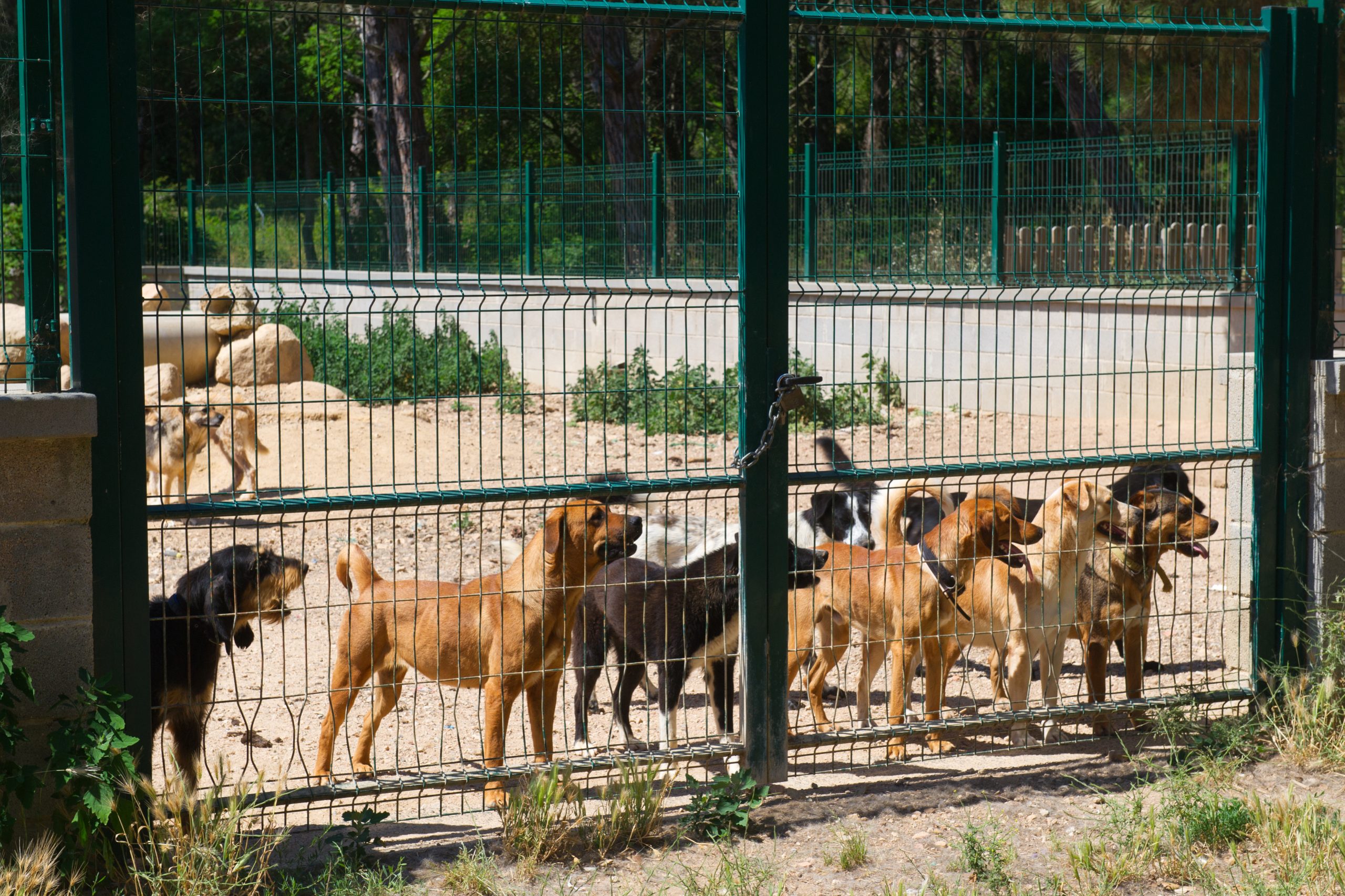
Challenges and Efforts for Protection
Spain, known for its rich biodiversity and picturesque landscapes, is home to a wide variety of animal species.
However, many of these animals face significant challenges, including habitat loss, climate change, pollution, and human activities.
The suffering of animals in Spain encompasses both wild and domesticated species, with various organizations and policies in place striving to mitigate these issues.
Wildlife: Struggling for Survival
Iberian Lynx:
The Iberian lynx, once widespread across the Iberian Peninsula, is now one of the most endangered felines in the world.
Habitat destruction, road accidents, and a decrease in prey such as rabbits have severely impacted its population.
Conservation efforts have shown some success, but the species remains vulnerable.
Spanish Imperial Eagle:
Another endangered species, the Spanish imperial eagle, faces threats from habitat loss, poisoning, and collisions with power lines.
Conservation programs focus on habitat protection, breeding programs, and reducing mortality from human activities.
Marine Life:
The Mediterranean Sea and Atlantic Ocean, bordering Spain, are home to diverse marine species.
Overfishing, pollution, and climate change have caused declines in fish populations, marine mammals, and coral reefs.
Notable affected species include the loggerhead turtle and various types of cetaceans, such as dolphins and whales.
Domestic Animals: Issues of Welfare
Bullfighting:
Bullfighting, a traditional yet controversial practice in Spain, involves significant animal suffering.
Bulls used in these events often endure severe stress and physical harm.
While there is a cultural aspect to bullfighting, increasing public awareness and animal rights activism are pushing for changes and, in some regions, bans on the practice.
Stray Dogs and Cats:
Spain has a substantial population of stray dogs and cats, especially in urban areas.
These animals often suffer from malnutrition, disease, and lack of shelter.
Animal welfare organizations work tirelessly to rescue, rehabilitate, and rehome these animals, but the issue remains pervasive.
Farm Animals:
Intensive farming practices can lead to poor living conditions for farm animals such as pigs, chickens, and cattle. Issues include overcrowding,
lack of access to the outdoors, and inadequate veterinary care.
Advocacy for better welfare standards and more humane farming practices is ongoing.
Human Impact and Environmental Threats
Habitat Destruction:
Urbanization, agriculture, and infrastructure development lead to habitat loss and fragmentation.
This impacts not only large mammals but also smaller species like amphibians, reptiles, and birds.
Climate Change:
Rising temperatures and changing weather patterns disrupt ecosystems.
Species that cannot adapt or migrate are at risk.
For example, amphibians are particularly vulnerable to changes in water availability and temperature.
Pollution:
Pollution from agricultural runoff, industrial waste, and plastic litter affects both terrestrial and marine ecosystems.
Animals ingest or become entangled in plastic waste, suffer from toxic chemicals, and experience degraded habitats.
Conservation Efforts and Legislation
Protected Areas:
Spain has established numerous national parks, nature reserves, and protected areas to safeguard habitats and species.
Notable examples include Doñana National Park and Sierra de Guadarrama National Park.
Legislation:
The Spanish government has enacted laws to protect endangered species and regulate hunting.
The EU Habitats Directive and Birds Directive also play crucial roles in conservation efforts.
NGOs and Activism:
Non-governmental organizations such as WWF Spain, SEO/BirdLife, and local animal shelters are at the forefront of conservation and animal welfare efforts.
They engage in habitat restoration, rescue operations, public education, and lobbying for stronger animal protection laws.
Public Awareness and Education:
Increasing public awareness through education campaigns, documentaries, and media coverage is crucial for fostering a culture of respect and care for animals.
Schools, community groups, and social media play vital roles in these efforts.
Conclusion
The suffering of animals in Spain is a multifaceted issue involving wildlife, domestic animals, and the broader impact of human activities.
While significant challenges remain, ongoing conservation efforts, legislative measures, and growing public awareness provide hope for improving the welfare of animals across the country. Protecting Spain’s rich biodiversity and ensuring the humane treatment of all animals require continuous dedication and collaboration from all sectors of society.
Safety & Emergency
The Battle Against Forest Fires
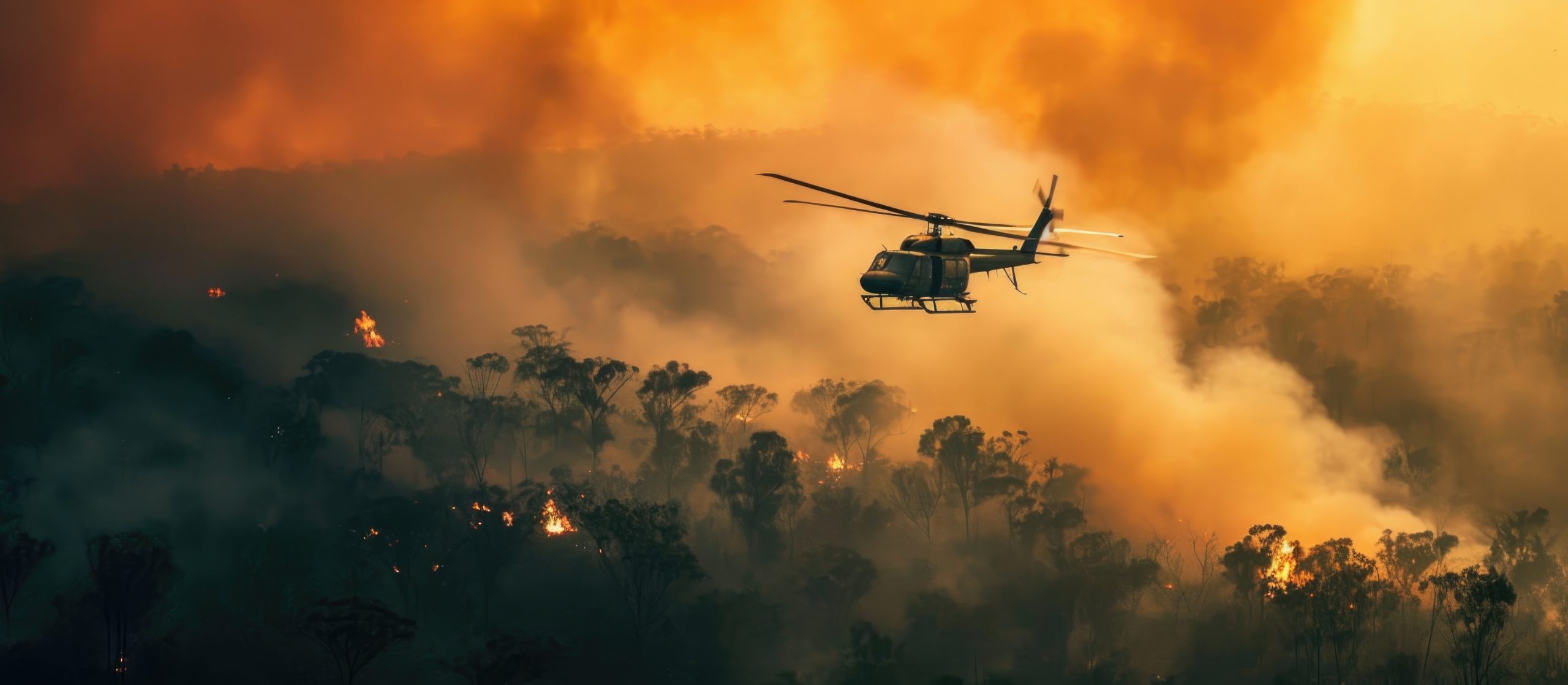
Spain, with its diverse landscapes and Mediterranean climate, faces a significant challenge every summer: forest fires.
These wildfires, fueled by hot, dry conditions, can cause extensive damage to ecosystems, property, and human lives.
Standing at the forefront of this battle are Spain’s firefighters, whose bravery and expertise are crucial in protecting the country from these devastating blazes.
The Firefighter’s Role
Spanish firefighters, known as “bomberos,” are well-trained professionals who handle a wide range of emergencies, including urban fires, road accidents, and forest fires.
During the summer months, their focus intensifies on combating wildfires that threaten vast forested areas and rural communities.
These firefighters are part of a comprehensive emergency response system that includes regional and national firefighting units, forest rangers, and the military emergency unit (UME).
Training and Preparedness
Firefighters in Spain undergo rigorous training to prepare for the complexities of forest fires.
Their training includes:
Fire Behavior:
Understanding how fires spread, influenced by factors like wind, topography, and vegetation.
Firefighting Techniques:
Using tools such as firebreaks, controlled burns, and water drops from helicopters and planes.
Survival Skills:
Ensuring personal safety in extreme conditions, including using protective gear and escape strategies.
Coordination and Communication:
Working effectively with various agencies and utilizing advanced communication systems to manage resources and strategies efficiently.
The Threat of Forest Fires
Spain’s climate, particularly in regions like Andalusia, Catalonia, and Valencia, is conducive to forest fires. The risk is exacerbated by:
Heat Waves:
Prolonged periods of high temperatures dry out vegetation, creating a tinderbox environment.
Drought:
Extended droughts reduce moisture levels in forests, making them more susceptible to ignition.
Human Activity:
Agricultural practices, camping, and accidental ignitions are common causes of fires.
Lightning:
Natural ignitions from thunderstorms, particularly in dry conditions, can spark significant fires.
Major Forest Fires in Recent History
Spain has experienced several severe forest fires that highlight the challenges faced by firefighters:
The Canary Islands Fires (2019):
Multiple fires across Gran Canaria affected thousands of hectares and forced evacuations.
The difficult terrain and weather conditions made firefighting efforts particularly challenging.
The Ribera d’Ebre Fire (2019):
In Catalonia, this fire burned over 6,500 hectares. It was one of the largest fires in recent years, driven by a combination of high temperatures, strong winds, and dry conditions.
The Galicia Fires (2017):
A series of fires in Galicia, some attributed to arson, caused widespread destruction, impacting both rural and urban areas and resulting in casualties.
Strategies and Innovations
To combat forest fires effectively, Spain employs a range of strategies and innovations:
Early Detection:
Using satellite imagery, drones, and lookout towers to detect fires early and respond quickly.
Preventive Measures:
Implementing controlled burns, clearing underbrush, and creating firebreaks to reduce fuel loads.
Public Awareness:
Educating the public on fire safety, particularly during high-risk periods, to prevent accidental ignitions.
Technological Advancements:
Utilizing modern firefighting equipment, including fire retardant chemicals and advanced water-dropping aircraft.
The Human Element
The bravery and dedication of Spanish firefighters cannot be overstated.
These men and women risk their lives to protect communities and natural landscapes.
Their efforts often go beyond mere firefighting, involving community support, evacuation assistance, and post-fire recovery.
Conclusion
Spain’s firefighters play an indispensable role in safeguarding the country from the ravages of forest fires.
As climate change intensifies the risk of wildfires, their expertise, courage, and innovative approaches become even more critical.
The battle against forest fires in Spain is a testament to human resilience and the relentless pursuit of protecting both people and the natural world.













